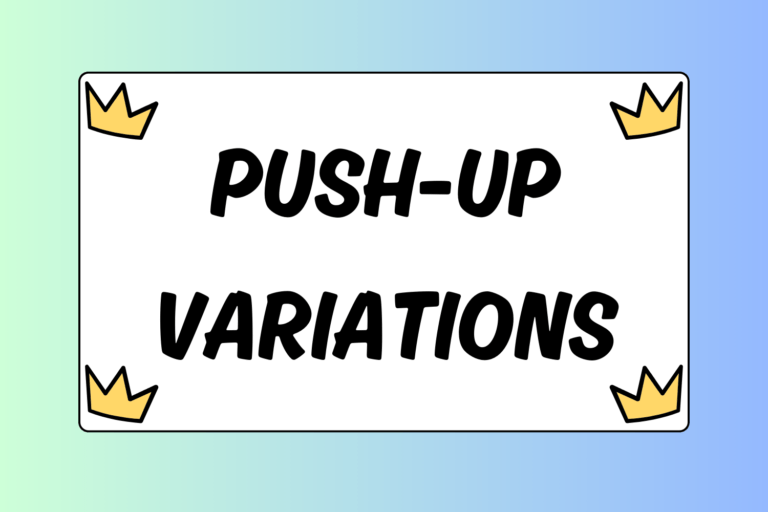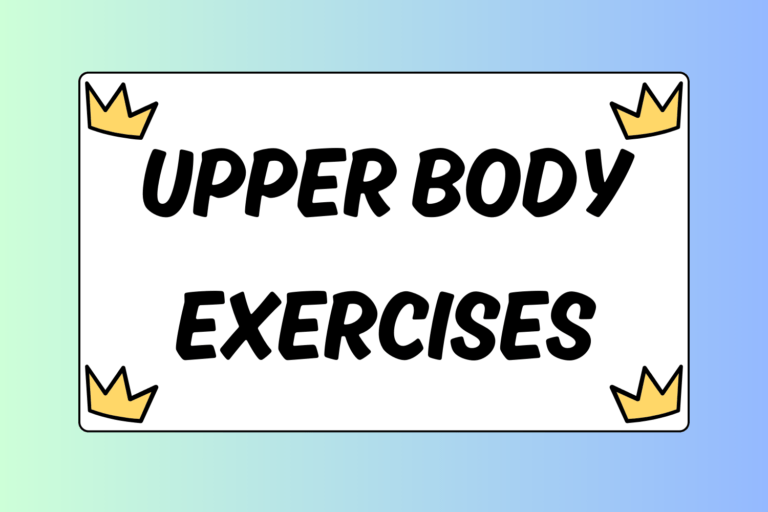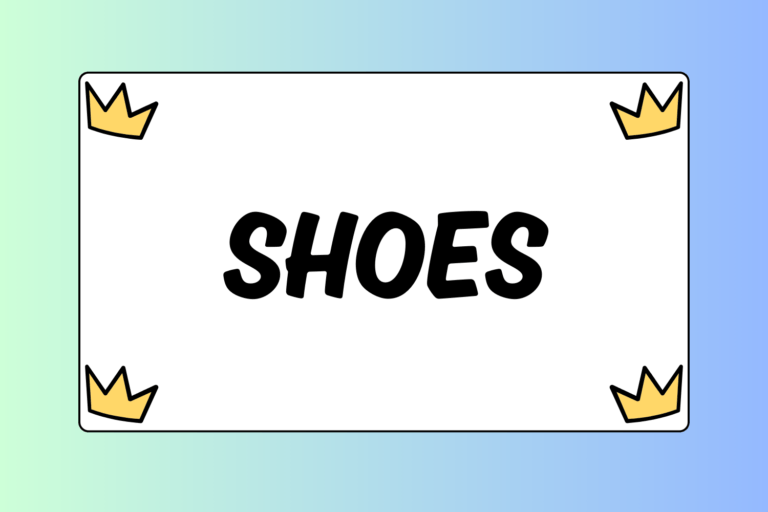Hand fighting is one of the most important aspects of wrestling. The earlier you become familiar with the proper way to hand fight and controlling your opponent effectively, the quicker you will experience success. Read on to learn how to practice essential hand fighting skills!
Free-fighting Drill
The first thing you must understand about this drill is there is no real structure to it; this drill is essentially a “free-fighting” or sparring drill that allows you to practice and develop your hand fighting. You and a partner will treat this drill much like live wrestling by trying to gain an offensive advantage over one another.
The drill will go for about one to two minutes, and in that time you will use all of your hand fighting skills in order to try and take your opponent out of position to create scoring opportunities. Don’t worry about actually scoring on your opponent during this drill. Simply hand fight until you can control your opponent in a manner from which it is assumed that you will score. For example, hand fight until you are able to execute a single-leg takedown on your opponent, then release the hold. Any type of tie up or technique using the hands/arms can be used to control your partner’s head, hands, and body position.
What you choose to do during this drill, and how you do it, is completely up to you. The sections below will describe some different hand fighting techniques, and will explain the different options you have when hand fighting.
Snap the Head
Knowing how to snap your opponent’s head down is critical because if you can control his head, you will also control his body. As you work to attack your opponent’s hands and arms, don’t forget to use your hands to snap and move his head. Below are some key points on snapping the head.
The Basic Snap
Reach behind your opponent’s head and grip him at the base of his skull. You won’t have much success by gripping him on his neck because he has more strength in his neck and will be able to resist against you. Placing one of your hands at the base of his skull will allow you to pull or snap his head downward.
As you snap, pull your opponent down and towards you. To gain more power on your snap down, use your free hand to:
- Reach over his near arm and grip him behind his triceps.
- Reach over his near shoulder and grip his shoulder.
- Control one of his wrists.
Hot Tip: Snap, Hips Back
As you snap, hop backwards with your feet and move your hips backwards. (Be sure you are in a good stance — low and with your knees bent — as you do this!) This will allow you to create space between your bodies so you can increase the power of your snap down.
Snap & Angle
Aside from snapping your opponent down and towards you, you may also snap and turn your opponent’s head in order to turn his entire body, creating an angle between your body and his. This is a very important skill to learn because if you can create an angle on an opponent, you will have a much better chance of taking him down. Here is how to do it:
- Grip your opponent behind his head at the base of the skull. With your free hand, grip him on his triceps or on his shoulder, as described in the previous section.
- Snap your opponent’s head down and towards you. Use the grip you have on his shoulder/triceps to add more force to the snap. As you snap, “flick” or move your wrist downward. This will allow you to move your hand onto the side of his head, near his ear. For example, if snapping with your right hand, flick your wrist downward and slide your hand onto the right side of your opponent’s head.
- Push your opponent’s head to the outside of your body. Use the grip you have on your opponents arm/shoulder to help push and turn his body. For example, if you have your right hand on the right side of your opponent’s head and are controlling his right arm/shoulder, snap him down and push his body to your right.
- As you turn his body away from you, step towards him. This will allow you to close the distance between your bodies as his body is angled away from you. From here you can set up a wide variety of techniques, especially leg attacks.
Controlling Wrists
Being able to control your opponent’s wrists is extremely important. First, if you can control his wrists, you will control his hands and arms and this will take away his offense. Secondly, it will allow you to set up your own attacks. Below are a few tips that will help you get and maintain control of your opponent’s wrists.
The Wrist Roll
An easy way to counter the control your opponent has over your wrist(s) is to roll your wrist towards his. This is to be used when he is controlling one of your wrists with his near hand (your right wrist with his left hand, for example). When this happens, roll your wrist to the outside towards his wrist and as you do this, you will be able to reach over the top of the wrist he was using to control you. From here you can grasp his wrist and start working offensively.
Fight Hands, Don’t Pull!
One of the biggest mistakes beginning wrestlers make when an opponent has control of their wrists is that they pull their own arm upwards, or in towards themselves. Doing this will expose your legs and leave you open to be attacked. Instead, you should move your hands close together so you can gain control of one of your opponent’s wrists with your opposite hand.
For example, say your opponent is controlling both of your wrists (your right wrist with his left hand, and your left wrist with his right hand). Keep your hands low to protect your legs and move one of your hands toward the other. This will allow you to use one of your hands to grip your opponent’s far wrist (on the opposite side of your body). That is, you would use your right hand to grasp your opponent’s right wrist. While holding your opponent’s wrist, you can pull your other hand (that is still being controlled) to escape his grip.
Other Ties & Techniques
Aside from the two important types of controls mentioned above — head and hand control — you should also work to control different types of ties and other holds on your opponent. These include:
- Elbow passing
- The Russian tie
- The front headlock
- Underhooking
The kinds of techniques you may to use to hand fight are limitless. Essentially, you can use any technique that will allow you to control your opponent’s position.
Win with Position
In wrestling, position is everything. If you can maintain good position while on your feet, and are able to take your opponent out of position, you will be a tough wrestler to beat! Take the points in this guide and work on them the next time you drill your hand fighting. Now get out on the mat!





